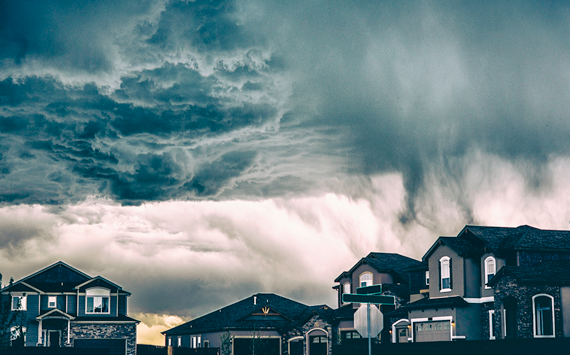Strengthen customer relationships, gain operational efficiencies and future-proof your organization with transformative data and advanced analytic solutions.
Having access to the right data at the right time is increasingly critical to rating, underwriting and customer experience. At LexisNexis Risk Solutions, our insurance risk solutions help improve your capabilities in these areas and drive better data-driven decisions across the insurance policy
lifecycle – all while reducing risk. In fact, our data and analytics support more than 131 million
insurance purchase decisions a year.
Have more confidence from point of quote to point of claim with our insurance risk management solutions. Are you ready to accelerate decision-making, streamline critical processes and control costs? Let’s get started.
lifecycle – all while reducing risk. In fact, our data and analytics support more than 131 million
insurance purchase decisions a year.

Auto
Insightful auto insurance solutions to help you understand your market and customers, and improve your underwriting processes.

Commercial
Analytics-driven commercial insurance solutions that help maximize profitability, improve customer relationships and make you the commercial insurance carrier of choice.

Home
Precise home insurance solutions that help you refine and reduce risk, manage expenses and identify new areas for business growth.

Life
Industry-leading life insurance solutions that help minimize risk and drive better decisions across the entire life insurance policy life cycle.

Solutions
for Automakers
Creative, analytics-driven solutions that help optimize vehicle data throughout your organization.
Our capabilities reach across the entire policy lifecycle to help insurers streamline critical business processes, control costs and improve customer experiences.
Looking for a specific product?
Industry-Leading Reports

Auto Insurance Trends Report
Explore trends in driving violations, policy shopping, claims and vehicle safety that impact the U.S. auto insurance industry
Insurance Demand Meter
Quarterly report that can help to benchmark your auto shopping data to the industry












